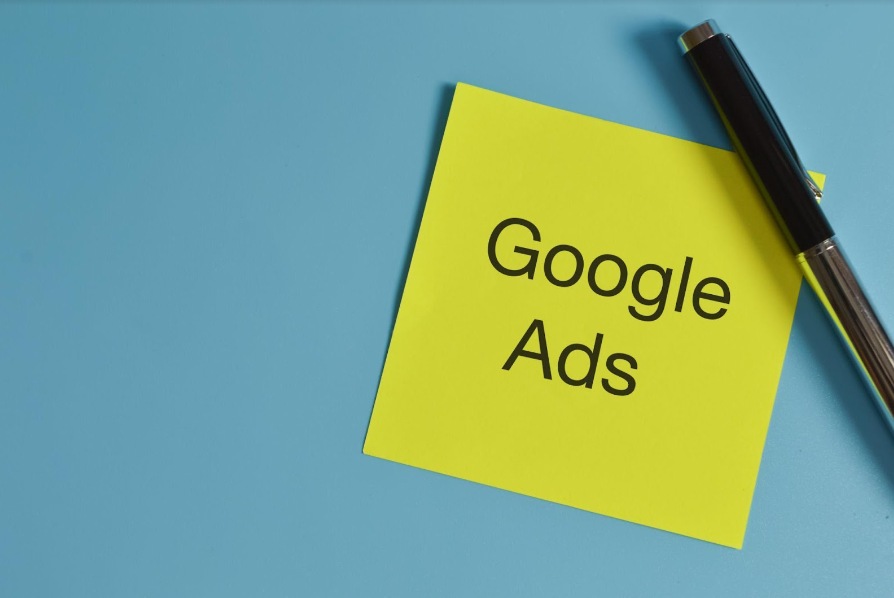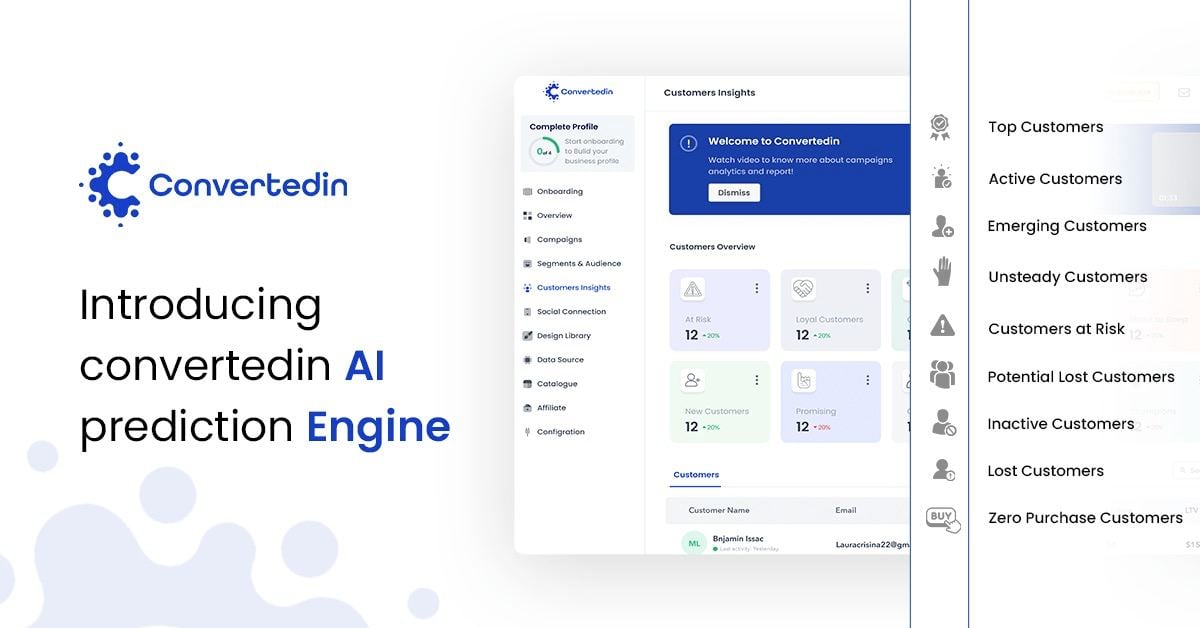13 Proven Methods to Decrease Cost per Conversion for eCommerce
The bread and butter of any eCommerce business is conversion. Every action your business takes aims to either increase conversion or decrease cost per conversion (CPC). In fact, tracking conversion rate is one of the most important metrics to measure return on investment (ROI).
That’s why it’s essential for the success of your business to learn every nook and cranny about conversion rate.
Don’t worry, we won’t leave you hanging!
In this blog, we will present you with everything you need to know about cost per conversion in eCommerce. And as a bonus, we will let you in on some secrets to reducing CPC.
Table of Contents:
- What is Cost Per Conversion (CPC)?
- Cost Per Conversion Formula
- 10 Tips to Reduce Cost Per Conversion in eCommerce
- Reviewing keywords’ conversion
- Cutting loose low-converting keywords
- Improving Ad copy
- Using negative keywords
- Running A/B tests
- Improving landing pages
- Incorporating videos
- Changing your bidding strategy
- Targeting a more specific audience on META
- Utilizing automation tools
- Track and Analyse visitors' behavior
- Create A Sales Funnel
What is Cost Per Conversion (CPC)?
First thing first, what is the cost per conversion?
Basically, CPC is a marketing metric that measures the effectiveness of advertising campaigns. As an eCommerce business, your main target is reducing the cost per conversion.
In other words, the lower the CPC, the more effective your advertising campaign is.
So, how can you measure the cost per conversion? Let’s take a look at the formula (and don’t worry it is an easy one!).
Cost Per Conversion Formula
To calculate the cost per conversion, you need to divide the cost of the marketing campaign by the number of conversions.
CPC = total campaign cost/total number of conversions

For example, if your eCommerce marketing campaign costs $100 and generates $10, then the CPC equals $100.
Generally, the average cost per conversion of Google Ads is around $56 on the search network and approximately $91 on the display network.
Needless to say, each industry and platform has a different CPC average. But what if your CPC is higher than the industry average? Or even if it's not higher, of course, it will be better to decrease the costs.
There are numerous ways to reduce the cost per conversion in eCommerce. Wanna know some of them?
10 Tips to Reduce Cost Per Conversion in eCommerce
 Image source: wsneconsulting.com
Image source: wsneconsulting.com
Is your manager getting on your case, and you are desperate to reduce cost per conversion in eCommerce marketing campaigns?
There are simple steps you can take to reduce the cost per conversion, such as
1- Reviewing keywords’ conversion
First thing first, you need to take a close look at all the keywords you are targeting and how they are performing. And note that this shouldn’t be a one-time thing; you should review your keywords on a regular basis.
This will help you measure your campaign on a more microscopical level, focus on high-converting keywords, try new keyword variations, and optimize your ad as much as you can.
2- Cutting loose low-converting keywords
To be honest, there is one more goal to reviewing keywords (and yes, it is that important that it needs a separate point), which is saying goodbye to low-converting keywords.
When you are targeting low-converting words, you can literally be throwing money down the drain. So it's a no-brainer that you should stop running ads for them.
However, this is an important point because many people can’t really pinpoint those keywords. To find your low-converting keywords, you need to check the total number of clicks they get.
For instance, if a keyword has generated 10 conversions, you may consider cutting it loose. But if the keyword only received 20 clicks in total, that’s a whopping conversion rate of 50%! That’s a keyword definitely worth hanging on to.
So before cutting anything loose, make sure that you look at the conversion rate, not the conversion.
3- Improving Ad copy
To resonate with your audience, which will result in higher conversions, you need to improve your ad copy. This might seem like a cakewalk but you won’t believe how many people out there don’t actually focus on the quality of their ads.
To improve the quality, you need to hand-pick your wording, create appealing visuals, and choose the right timing.
Needless to say, improving the copy differs from one platform to another. As this should be a priority for all types of ads, whether you are showing them on Google, Meta, or any other platform.
4- Using negative keywords
Now let’s focus on decreasing the cost per conversion in eCommerce GoogleAd campaigns. If we are speaking about cost reduction and Google ads, then we have to mention negative keywords.
Negative keywords ensure that your ads are not shown to an irrelevant audience. Some of the most popular words used are “free”, “sample”, and “cheap”.
Of course, you should also include industry-related keywords and market-related keywords.
5- Running A/B tests
No matter how much research you conduct before running your ads, finding the perfect ones is no piece of cake. Accordingly, testing your ads is a must to increase conversion and reduce cost per conversion in e-commerce marketing.
Bear in mind that there are many tools that can help you run A/B tests and find the secret recipe to successful campaigns.
6- Improving landing pages
Remember when we said you needed to improve your ad copy? That’s not the only thing you need to improve to reduce cost per conversion in eCommerce campaigns. Landing pages play a crucial role in the success of any PPC campaign.
A landing page needs to be relevant to the search and explains what are the next steps in detail. In other words, it's the place to set the right expectations.
7- Incorporating videos
Around 30% of global ads in 2022 were video ads. So why are all those markers choosing that path?
Simply because videos have higher conversion rates.
Additionally, videos can help eCommerce businesses better demonstrate their products, showcase all their features, and offer a more engaging experience.
8- Changing your bidding strategy
Whether you are an amateur or a veteran of the world of PPC, you have to focus on this point!
What is your bidding strategy? If you are just putting in the highest number and hoping for the best, then you are losing money.
The right bid puts into account the keyword’s performance, search intent, and the campaign’s goal. This will help you appear in the top positions with the minimum amount possible.
9- Targeting a more specific audience on META
The more specific you get while targeting, the better conversion rate you will have. It’s widely known that personalized marketing is the key to eCommerce businesses’ success these days.
And when we are talking about Meta’s ads, then personalization means showing customers what they are actively searching for and need.
So you have to ensure that every buyer persona is shown ads tailored to their taste, necessities, and budget.
10- Utilizing automation tools
There are hundreds of other ways that can help you reduce cost per conversion in eCommerce marketing campaigns. But why do all the work when there are tools that can do them for you?
Automating your ads with marketing automation tools like Conervered.In means that you will
- Easily cut costs
- Get customized insights
- Retarget customers
- Launch successful campaigns
Don’t miss the chance to reduce cost per conversion in eCommerce campaigns and uplevel your marketing game in general. What’s the next step?
Simply, book a demo now with our experts and watch as your ROI skyrockets!
11- Track and Analyse visitors' behavior
Ads that don't track users' behavior are a waste of money. It's important to track users' visits and note what they do when they are on your website. The more you know about your customers, the more you can tailor your ads to them.
For example, suppose you notice that people visit your site from a mobile device but never return. In that case, you're likely missing out on many potential sales because they don't have a good experience on mobile devices.
12- Create A Sales Funnel
One of the most important things about eCommerce advertising is creating a sales funnel. A sale funnel is the sequence of steps that leads customers through various stages of the buying process until they decide to buy something (or don't)
When you create a sales funnel, you can set up tracking events around each step in the process to know where your customers are headed. This will help you optimize your advertising campaigns and ensure that all your ads lead to a sale.
You can also see how many people complete each sales funnel step. What percentage of them don't convert (i.e., visit your website but don't make a purchase).
This information allows you to create better ads and campaigns focusing on specific actions people take after seeing your ad or campaign. Your ads and campaigns will show up at the right time with the right message and offer.
13- Reduce the number of steps required to convert
This is especially important if you run an ad campaign where your goal is to drive traffic to a specific landing page. In this case, it is better not to clutter the ad with too many steps and options. They might confuse users and make them less likely to convert to their landing page.
Make sure you have only one or two easy steps your users must go through to convert. For example, if you have a checkout process that requires users to fill out a form and submit their payment details every time, then this can be a costly conversion step. Avoid this by creating an automated email sequence or integrating it with your payment gateway.
If users enter information into multiple fields, they are more likely to abandon the conversion process altogether. Make sure that all of your forms are simple and easy to complete.
 By
By


